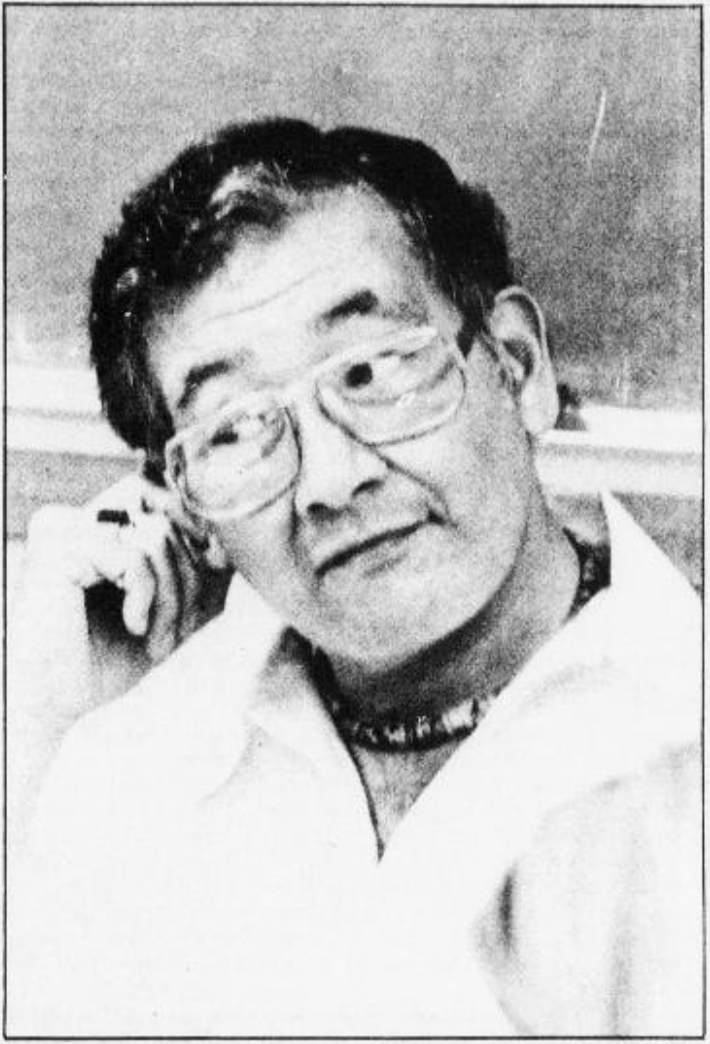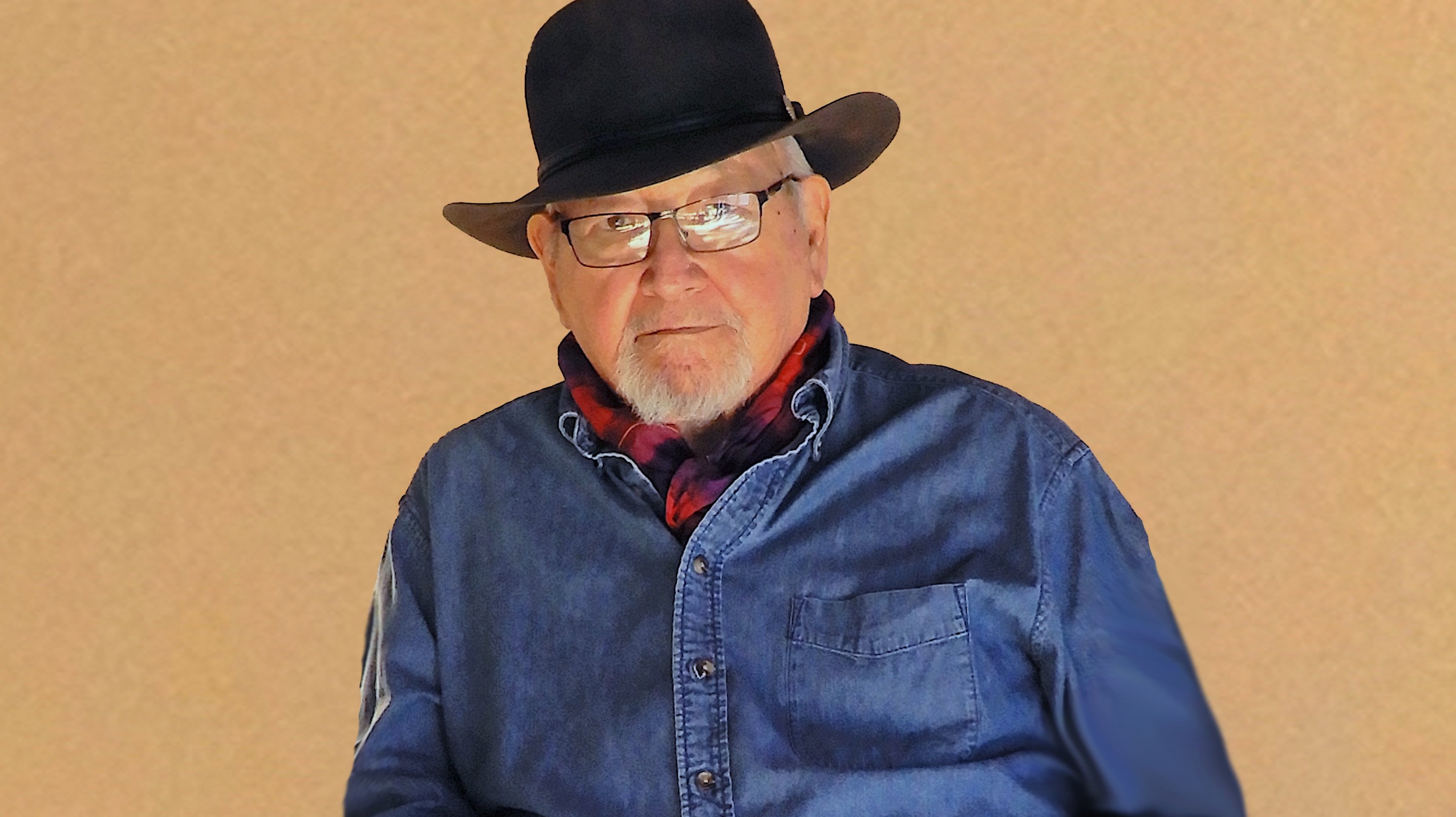Native American writer N. Scott Momaday MA ’60 PhD ’63 passed away at 89 on Jan. 24. More than five decades after his tenure at Stanford, his teachings still echo in the hearts of those he mentored and inspired.
Momaday’s life was marked by firsts. In 1969, his novel “House Made of Dawn” became the first work authored by a Native American to win a Pulitzer Prize. In 2007, he was the first Native American author to be awarded the National Medal of Arts.
With “House Made of Dawn,” Momaday laid the groundwork for a plethora of fiction works published by Native American authors, like Louise Erdrich, Joy Harjo and Leslie Marmon Silko. Momaday was a friend and mentor for many of them.
He is widely regarded as the pioneer of the Native American Renaissance in the 1960s.
“He blew open the doors that led to the amazingly diverse and impressive array of works of Native American fiction we can read today,” said Stanford English professor Mark McGurl in an interview with Stanford Magazine.
Momaday at Stanford
Momaday’s time at Stanford was formative for his storytelling voice. He arrived at the University after being chosen by poet Yvor Winters for a Stegner fellowship to study creative writing, at a time when Stanford was a very “literary place” populated by poets, according to former California Poet Laureate Dana Gioia ’73 MBA ’77.
Winters acted as a “powerful father” for many aspiring writers and recognized Momaday’s potential. Gioia recalled that when Momaday was in search of his first job, Winters wrote in a letter of recommendation that Momaday would become “one of the greatest American writers ever.”
Under Winters’ mentorship, Momaday was trained in the Western canon of creative writing.
McGurl described Momaday’s work as “extraordinarily various and unpredictable, experimental in the best sense.” An aspiring poet, Gioia was drawn to Momaday’s poetry because it was “so formal yet so tribal.”
In 1976, Gioia reviewed Momaday’s 1974 poetry collection “Angle of Geese and Other Poems” for The Daily. “These freer poems read like litanies or chants,” Gioia wrote.
“I am a feather on the bright sky / I am the blue horse that runs in the plain / I am the fish that rolls, shining, in the water / I am the shadow that follows a child,” Momaday writes in his poem “The Delight Song of Tsoai-talee.” The poem is autobiographical. “Tsoai-talee,” or rock-tree boy, was a name Kiowa elders gave to him after he was born.
Momaday taught poetry at Stanford beginning in 1972. In the following years, he taught a course on “American Indian mythology, legend and lore.” His students described him as a “benevolent Shaman” who “leads the class into a hypnotic trance.” He donned suits and carried a leather briefcase, but he would never be seen without pieces of Kiowa jewelry.
As poetry editor, Gioia published some of Momaday’s works in “Sequoia,” a widely circulated student-run literary magazine. But Gioia’s story with Momaday did not end at Stanford. Their paths crossed again in New York when Momaday selected him as his guest writer in a late 1980s dinner hosted by PEN America. In 2007, Gioia was the chair of the National Endowment for the Arts and awarded the National Medal of Arts to Momaday.

Kiowa voices
To those that knew him, Momaday’s voice truly set him apart.
Some say that when Momaday speaks, everyone listens. Others say he has a voice like a great cathedral organ. It was with this unique voice that Momaday preserved the oral traditions of his Kiowa tribe.
Momaday was born in Lawton, Oklahoma in 1934 to a Kiowa father and a mother of Cherokee descent. He grew up among Kiowa relatives on a family farm, before moving to Jemez Pueblo in New Mexico when he was 12.
He was raised in Kiowa traditions and stories. The tribe originated from Canada but moved to western Montana and later the Great Plains in the 19th century, when they were assigned a reservation in Oklahoma in 1868.
Momaday was the first to transcribe Kiowa oral myths onto the page. In “The Way to Rainy Mountain,” he wrote not only personal memories, but also invoked the voices of Kiowa ancestors in narrating the Kiowa migration.
“You know, everything had to begin, and this is how it was: the Kiowas came one by one into the world through a hollow log,” Momaday writes.
The tribe’s name came from “Kwuda,” which meant “coming out.” A pregnant woman got stuck in the log, and only a small number of Kiowas arrived in this world.
“My father always said, ‘We are one generation away from losing these stories,’” said Momaday’s daughter Brit Momaday-Leight. So he wrote these stories down and “led the way” for other writers and artists to do the same. Momaday’s father Al Momaday, a painter, did illustrations for the book.
Brit grew up on Kiowa stories from Momaday. A story that she would beg him to tell her again and again was one about the “old man Dragonfly.” The story made its way into “Earth Keeper: Reflections on the American Land,” one of Momaday’s last works:
“The night the old man Dragonfly came to my grandfather’s house the moon was full. It rose like a great red planet above the black trees on the crooked creek. Then there came a flood of pewter light on the plain, and I could see the light ebb toward me like water, and I thought of rivers I had never seen, rising like ribbons of rain. And in the morning Dragonfly came from the house, his hair in braids and his face painted. He stood on a little mound of earth and faced east. Then he raised his arms and began to pray. His voice seemed to reach beyond itself, a long way on the land, and he prayed the sun up. The grasses glistened with dew, and a bird sang from the dawn. This happened a long time ago. I was not there. My father was there when he was a boy. He told me of it. And I was there.”
Brit remembered reading “Earth Keeper” to Momaday before his passing. He had gotten the flu over Christmas and was in recovery. She spent a “beautiful two weeks” with him in his house in Santa Fe, New Mexico. When she read the stories aloud, she often teared up and could not go on.
It was Dragonfly’s connection to nature and the people that deeply touched Brit. He was a true “earth keeper.”
“Every morning the old man Dragonfly came and prayed the sun up, and then everybody would have a beautiful day,” she said.
Legacy
Momaday is remembered by many for his humility and kindness. Dylan Momaday-Leight ’25, Momaday’s granddaughter, said that he was “larger than life” yet full of care for those around him.
Dylan recalled that she and her cousins would sit on pillows and slide down the carpeted stairs of his old condo when they were young. Momaday would laugh and tell them to do it again.
“I think he just really wanted us to be happy,” she told The Daily.
Momaday maintained a deep connection to nature until the end of his life. When he was 12 years old at Jemez Pueblo, he rode past cliffs and valleys on Pecos the horse, filling his memories with scenes he would repaint in his writing years later. In recent years, confined to the wheelchair, he expressed his love for the earth in a different way — collecting stuffed animals sent to him by his loved ones.
Dylan bought Momaday a stuffed animal penguin on her trip to South Africa with Brit. They mailed it to him along with a postcard. When he passed away, Brit found the penguin and the card in his room. He had securely kept both.
